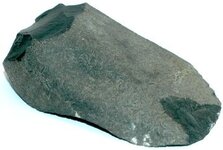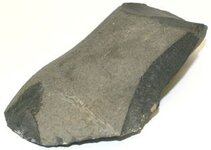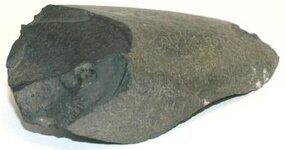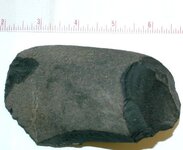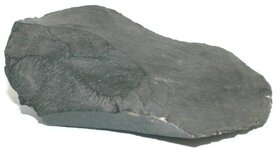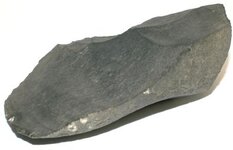E
Ethan24
Guest
I am reposting this previous post with better pictures. I found this rock in the badlands area of Eastern Montana. I was hiking through a mountainous area with my Grandfather. There was a lot of erosion in the area and this rock looked out of place to me. Can anyone help me identify what it might be? Thank you,


